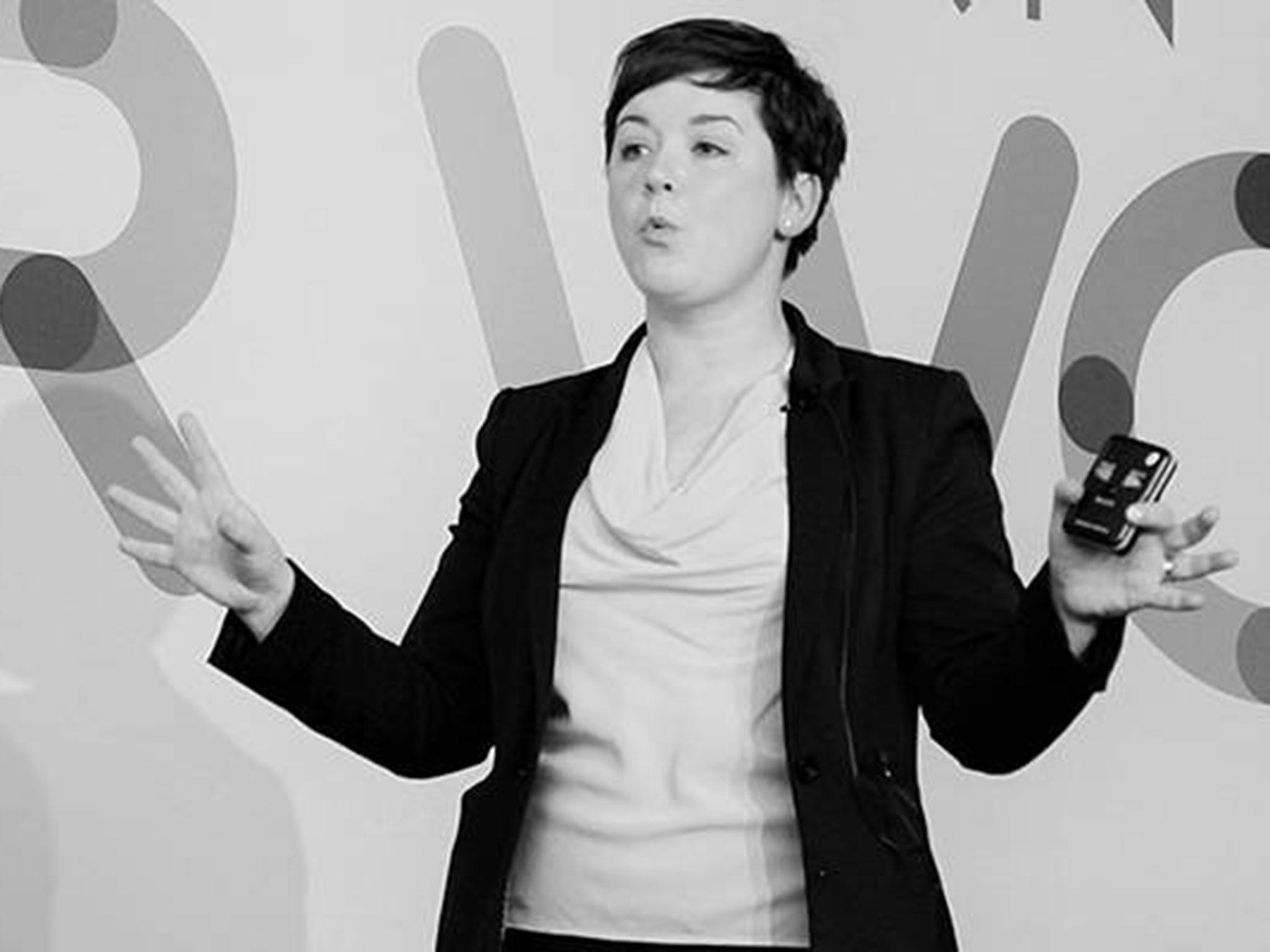9 steps to successfully negotiate a pay rise, according to an expert
First of all: just ask

On Equal Pay Day, women in the UK effectively stop earning, compared to male counterparts.
That's because men get paid 14.2 per cent more than women, on average. Men in full-time work earn £16.77 per hour, excluding overtime, compared with £14.39 per hour for women, according to the Office for National Statistics.
The right to equal pay was enshrined in 1970 with the Equal Pay Act - which should tell you that legislation has done next to nothing to make equal pay a reality.
Natalie Reynolds, a negotiation specialist whose company advantageSPRING coaches high-end clients on how to negotiate deals, says that women are expert negotiators on behalf of others, but fall down when it comes to negotiating for themselves because of social penalities - or the fear of looking greedy or unladylike.
She told the Independent her step-by-step guide for negotiating a payrise:
1. Just ask.
"Bosses aren’t mind readers. Just ask. But do it in the right way, be prepared and have alternatives if they say though. If we sit back and complain, that’s not good enough, we need to look at what we can do to help ourselves," Natalie said.
2. Imagine you are asking on behalf of others.
Research shows that women are better at negotiating for others. Next time you negotiate for yourself, remind yourself of all the people who would benefit on your behalf, whether that’s your family or your friends.
"One of the biggest bits of advice we give to high end clients is, if we know women are better, why don’t we use this to our advantage?" Natalie said.
3. Do your research.
Find out what the baseline salary is for your job and what people get paid at other companies. But also ask other people in your office. Then put together a business case for yourself, as you would to win a project. "Put together all the reasons that you bring value, things that you have delivered. Refer to this to all the other steps. Don’t go in blind," Natalie said.
4. Establish your walk-away point.
This is the point at which you're not prepared to go below. It could be your current salary or the average annual pay increase. "The reason you need to know that is that in the heat of the moment you can end up agreeing to things you might not always have agreed to," Natalie said.
5. Have a target in mind.
Ask yourself what a good outcome would be. Base it on an ambitious assessment of your research and what you are worth.
6. Open ambitiously but credibly.
In other words, open with more than your target. Women are not as ambitious in what they ask for, which is one reason discrepancies exist. "Go in asking for more than your target because your opening proposal is your chance to explore what they are wiolling to give you," Natalie said.
7. Get in there first.
Research says that they person who makes the first proposal is more likely to get what they want - a phenomenon known as anchoring, where the brain aligns to the first number its sees.
"It’s quite scary – the first number that is put on the table sets to contexct for both sides thinking," Natalie said.
She advises clients not to fall into the trap of being anchored into the first number on the table. "If you wanted to ask me for £50,000 but I got in there first, and offered your £40,000, I’ve anchored you to that. You respond to that, so you say you are looking for £45,000, limiting your proposal," Natalie says.
She said to remember that your boss's first offer will be just as ambitious as yours, but in the other direction, so you should stick to your plan and use your research to do this. You could say: “Thank you for that proposal, but based on my research and my business case I was looking for a figure of £50,000.”
8. Be flexible.
On the other hand, it helps to be able to move your plans in between the walk-away point and the target. This could be another number in the middle or a different type of deal. Be able to say: “Okay, if that doesn’t work for you, what about this?”
9. Don't be put off by no.
"When we’re told no in a negotiation, we lose focus," Natalie said. Her company coaches people to change their mindset about no and view it as an opportunity to explore how they can get closer to what you want. This means suggesting other options and learning how to redirect the conversation.
Natalie Reynolds' book, 'We Have a Deal' is published on March 3, 2016, by Icon Books. There are still tickets available to a workshop, Negotiating the Gender Pay Gap, on Wednesday Nov 11.
Join our commenting forum
Join thought-provoking conversations, follow other Independent readers and see their replies
Comments